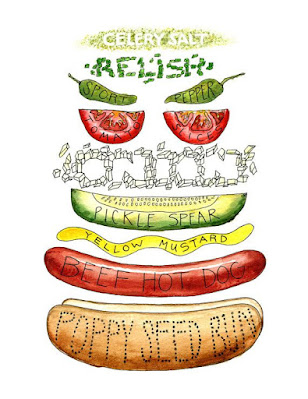Jean-Michel Basquiat was a famous American artist of Puerto Rican and Haitian heritage.
He was born in 1960 and died in 1988. Famous pop artist Andy Warhol and famous street artist Keith Haring were some of his friends and supporters of his art. Basquiat started his career as a street poet and graffiti writer under the tag ‘SAMO’ with his friend Al Diaz. Basquiat’s work often referenced the different sides of human experience, values of people and groups, and what it means to be human.
 |
| Warhol and Basquiat |
Basquiat’s work often included text (words) in his work that spoke of his inner experience and outer experience. This text often reflected dichotomies in thinking and values. (Dichotomy: things that are at opposite ends of a scale or seem vastly different) Eg. Home and Work, Health and Sickness, Rich and Poor, Light and Dark, Happy and Sad, Peanut Butter and Vegemite.
- Think of and recognise things in your life that are opposites? Things that cause different emotions and feelings?
- Make a list of things that you agree with and disagree with or things that make you happy or sad?
- Think of a situation that was challenging. Eg. Being stuck at home during Covid19 restrictions. What words describe both the positive and negatives aspects of this situation?
Pick some of the words you came up with to write on your self-portrait. Basquiat often wrote words on his work that he scribbled out or changed - Why do you think he did this?
Basquiat used to sign his thoughts by writing SAMO - Do you have a nickname or a name you like? Sign your work with this.
To hear about Basquiat's life, and to see a video version of the lesson, watch here:
Use dice OR you can write numbers 1-6 on small papers and choose them from a bowl... Then roll or choose a paper 4 times to guide your drawing!
Click here and paste the code to find your portfolio! Don't forget your artist's statement!





























